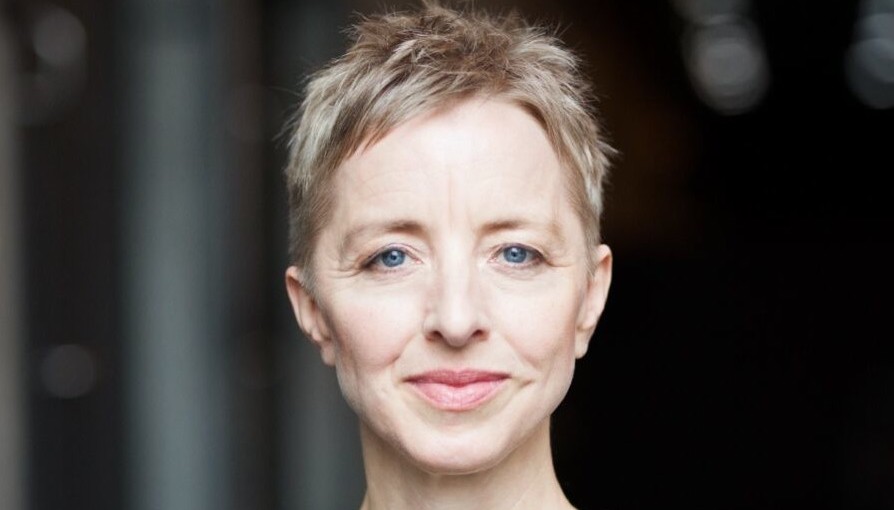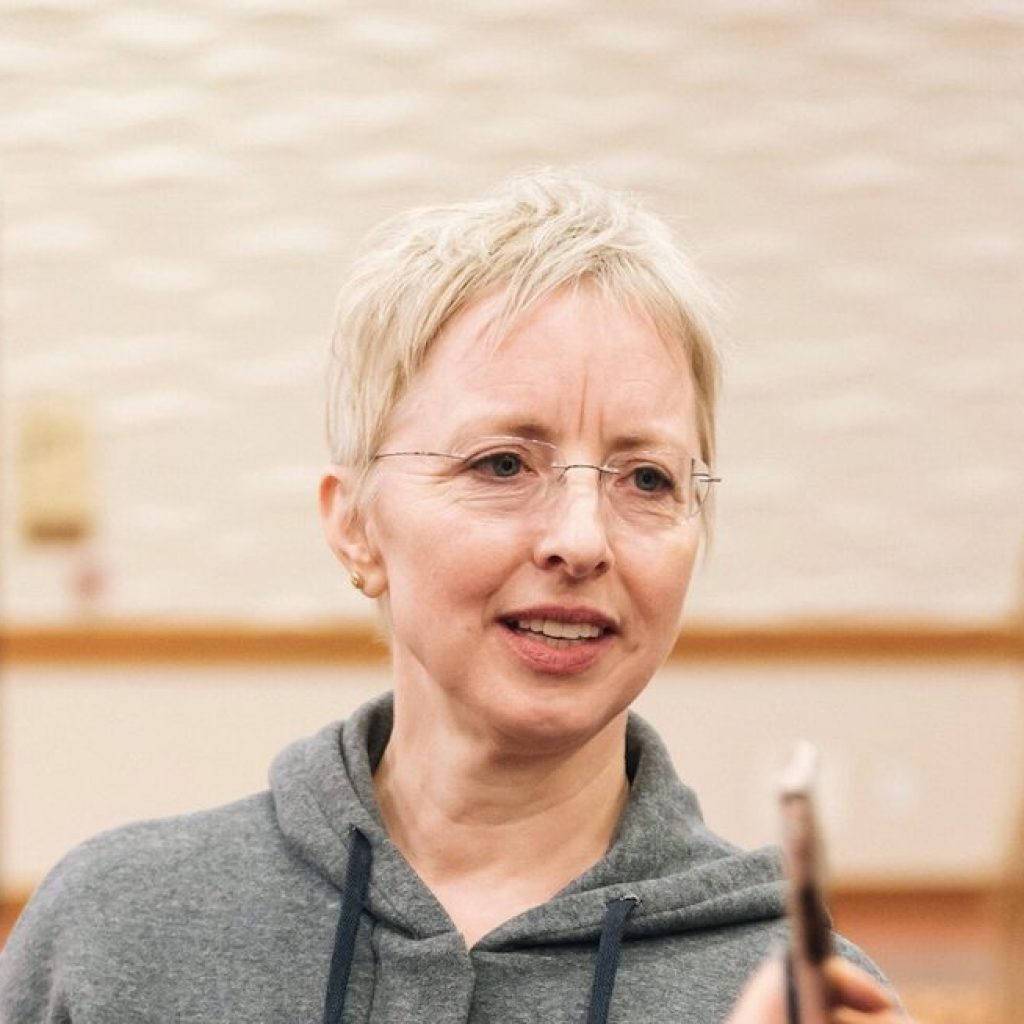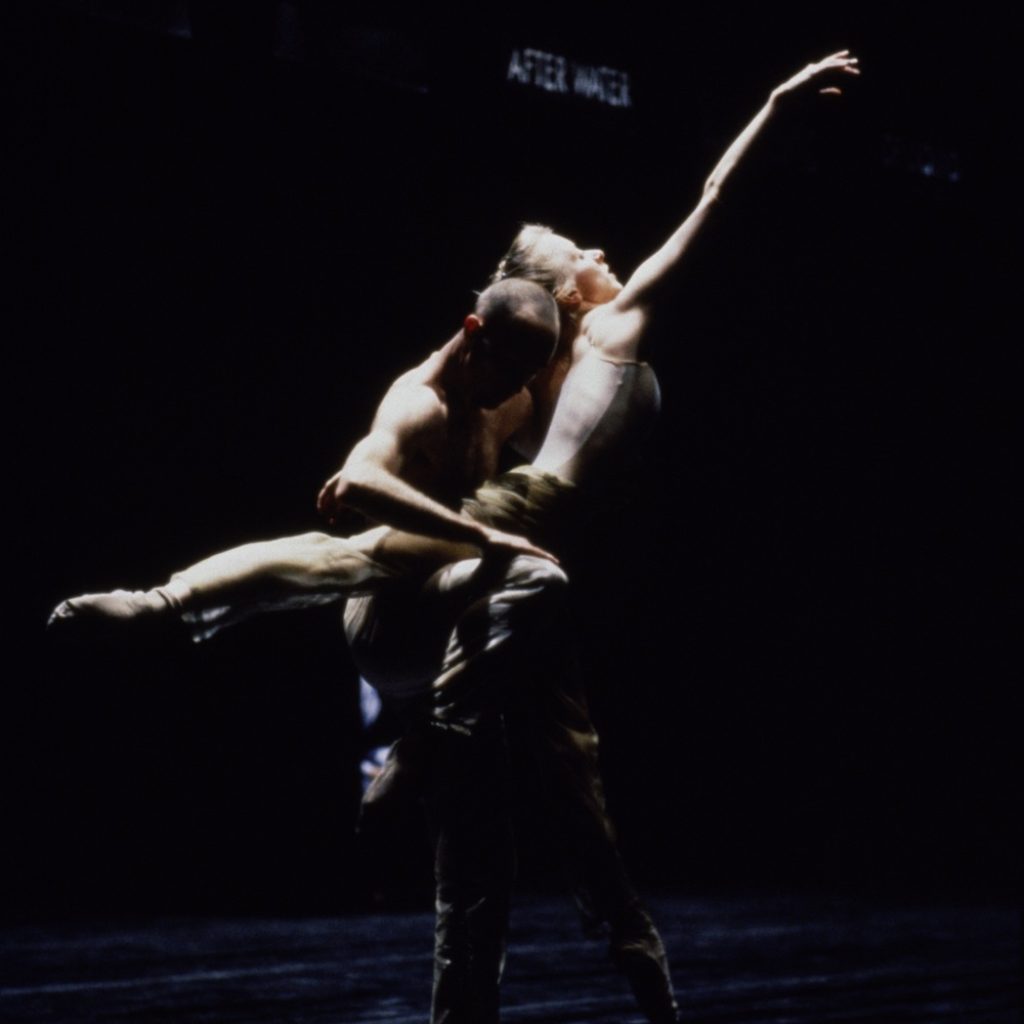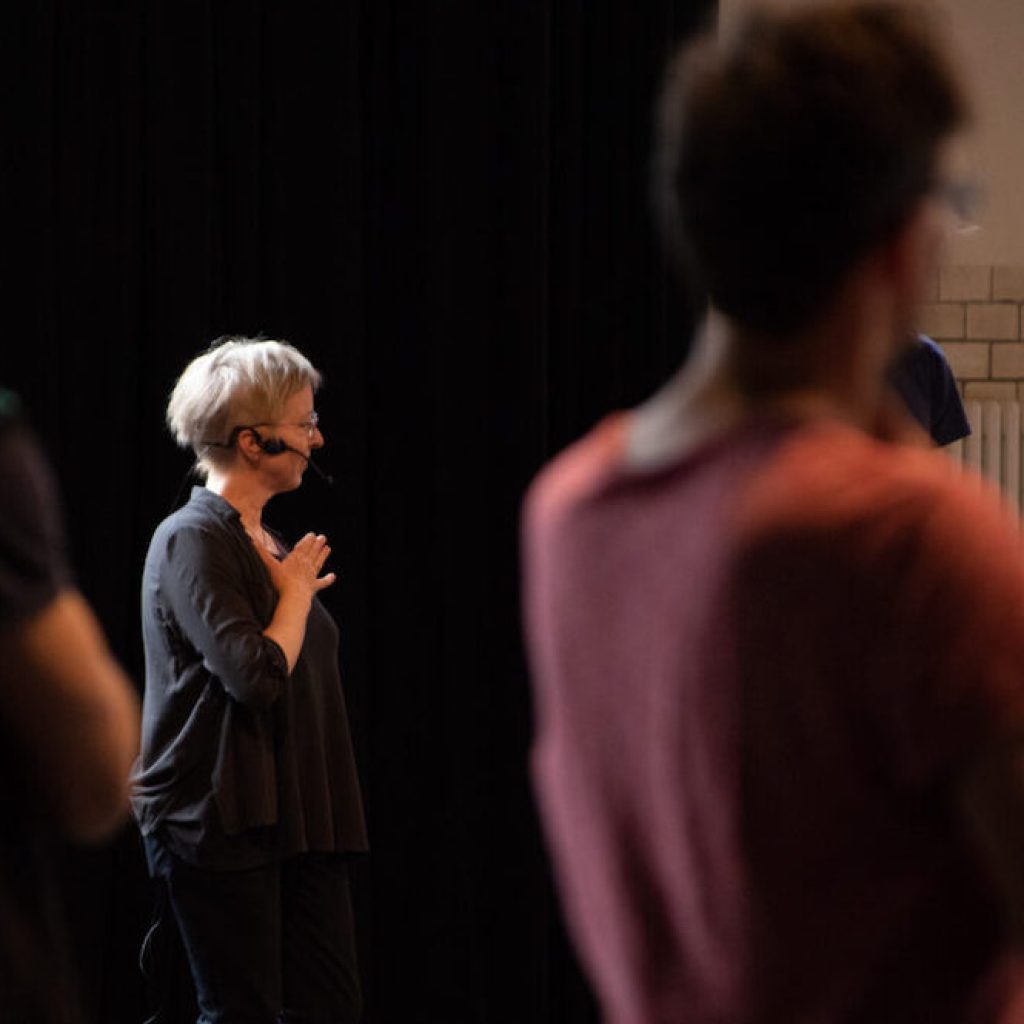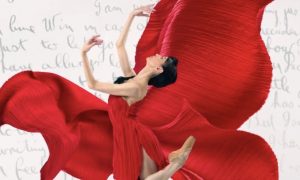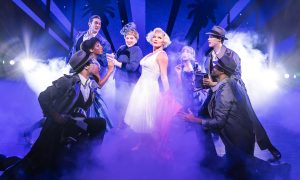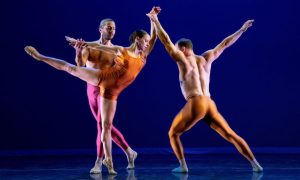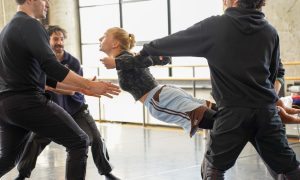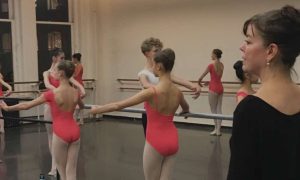Watch a video of Dana Caspersen dancing. She makes millisecond shifts between performance images – pedestrian, quixotic and utopian. Just when you think you have pinned her down, she is like quicksilver into the next image. She might never have achieved anything else in her career beyond featuring in many of William Forsythe’s most influential works, and she would have had an extraordinary career. And yet, it is not as an artist that Caspersen practices these days. She has reinvented herself as a conflict engagement specialist and just released her second book, Conflict Is An Opportunity: 20 Fundamental Decisions for Navigating Difficult Times (Rowman & Littlefield Publishers 2025).
Caspersen has been working in conflict now for 15 years. Initially, she kept conflict and dance separate; eventually, connections between the practices began to emerge. “Formulaic responses don’t work. Not only does it not work, it irritates people,” notes Caspersen. “When people sense you are coming to someone with a conflict resolution method, they sense it and get irritated. Any tool can become a weapon. Specific ways of talking, concretizes ideas. That is very connected to dance practice. You go in every day and it’s not like what you did yesterday is necessarily going to be available to you. The practice is reinvigorating your connection to ideas. It’s an alive process that recognizes as part of the practice of making way for new things arising.”
Conflict Is An Opportunity: 20 Fundamental Decisions for Navigating Difficult Times clarifies key ideas in conflict studies, offers practice suggestions for common unfolding conflicts and example statements to elucidate conflict situations and behaviors. The practice suggestions frequently have simple spatial suggestions attached. For example, facing directions to connect or disconnect from different ideas or beliefs.
“I was a dancer for 35 years,” Caspersen says. “So much conflict can occur in the studio that can get in the way of accessing the work strongly. Some of the ways I see that happen is in the way feedback is given and received. How the work is described. If they put a question between them and the dancers. Here’s what I am noticing. Here is what I am curious about. What can help us get there? When that doesn’t happen, when blame gets in the way, we lose all kinds of possibilities.”
She adds, “The work as a performer was to be able to be present with all kinds of information, sometimes seemingly contradictory information, and to ride that, find the line between that. Similar in writing, how do I take all this stuff and find a line that an audience can navigate?”
As well as writing and publishing her work, Caspersen offers training both online and in person for individuals and groups. “The next one I have coming up is all dance artists,” she explains. “It is a focus on developing your own capacity, to be aware of the decisions you are making and be aware of how you are focusing your attention. We work with people’s actual experience. We are working with theory, but also with the complexity of real life.”
Caspersen concludes, “I don’t think I will go back to dance. I love it. It was such a powerful experience. My work with possibility has taken a different form now.”
For more information and to order the book, visit www.danacaspersen.com.
By Tamara Searle of Dance Informa.


